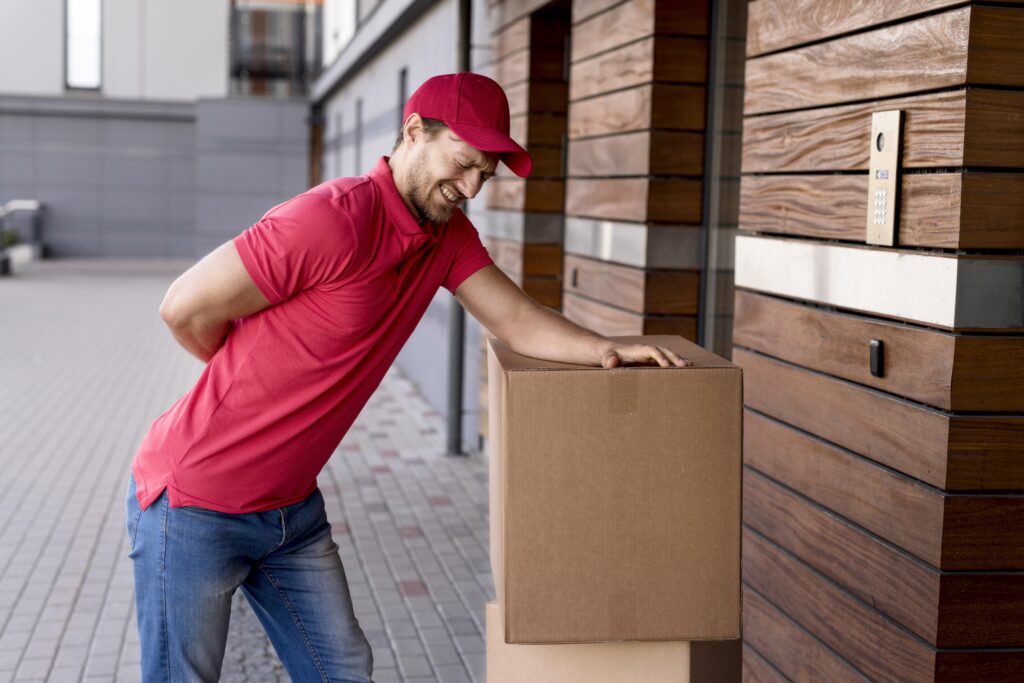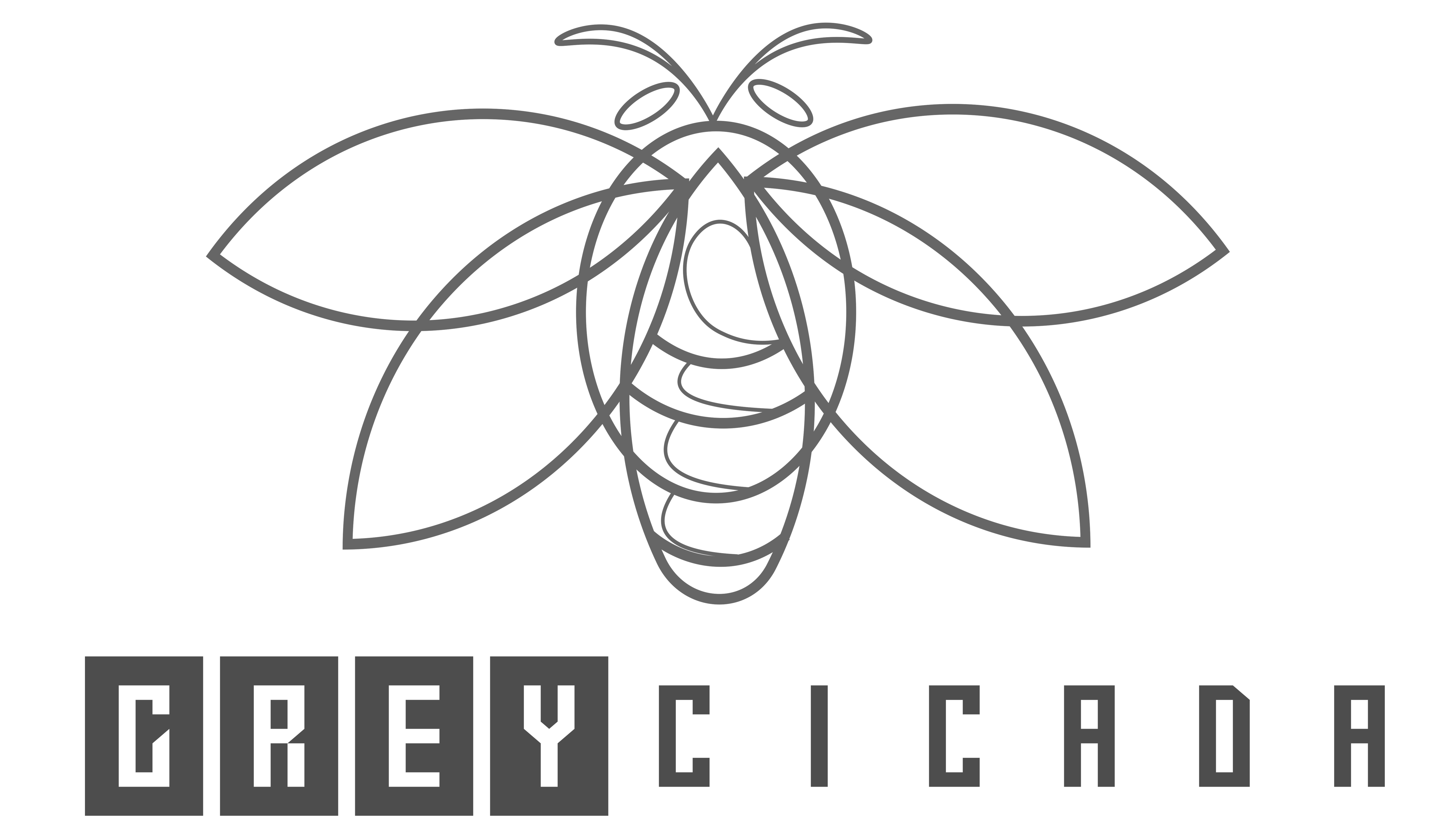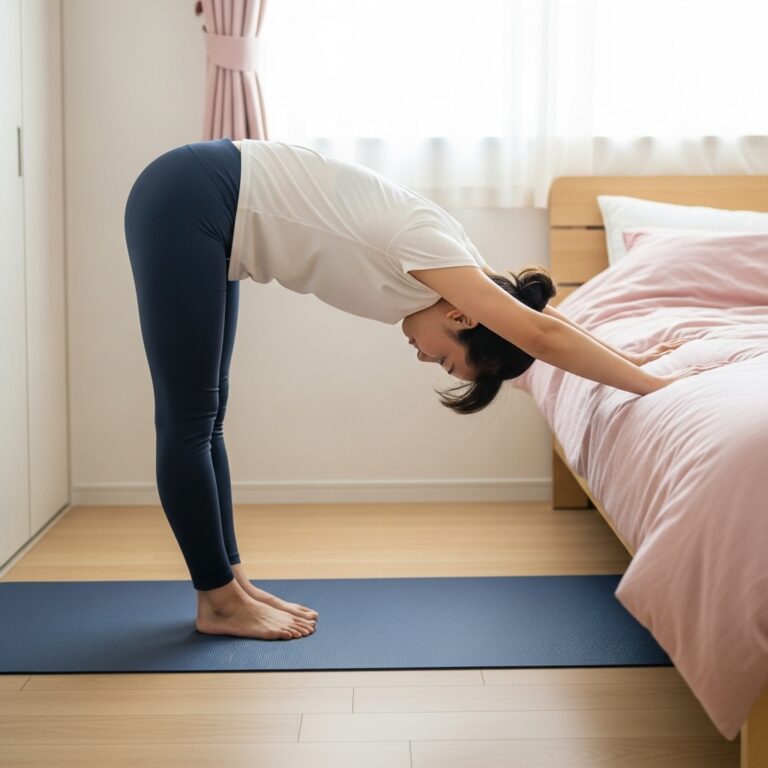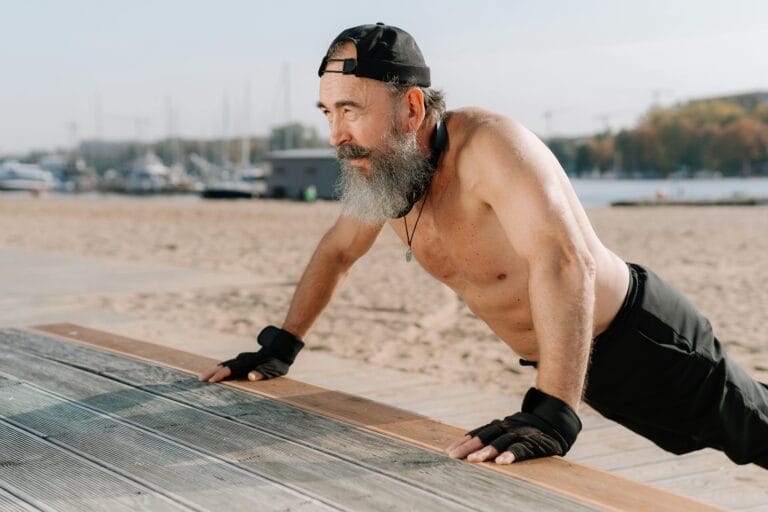FREE SHIPPING OVER $50
These 5 Exercises Relieved My Back Pain in Days—No Equipment Needed

If you’ve ever dealt with acute, stabbing, or even just nagging lower back pain, you know the helpless feeling that sinks in. It stops you from sleeping, sitting comfortably, and even bending down to tie your shoes. I used to think the only solution was expensive physical therapy or a painful prescription, but after one particularly nasty flare-up left me nearly immobilized, I decided to take control. I spent hours researching the best at-home exercises and filtering out the complex gym moves, eventually creating a simple, five-step routine focused entirely on stability and mobilization. The amazing part? I felt significant back pain relief in just a few days, and I didn’t need a single piece of equipment—just a floor mat and a little commitment.
This isn’t a quick fix for a structural injury, but a powerful daily protocol designed to address the vast majority of non-specific back pain cases, which often stem from weak core muscles and tight hips. You don’t need fancy weights or a pricey gym membership to build a resilient spine. You simply need to teach your body how to move and stabilize correctly. I want to share the exact bodyweight moves that allowed me to reclaim my movement and find lasting back pain relief, transforming my relationship with my own body in a matter of days. Get ready to stop favoring your pain and start moving toward a stronger, more comfortable back.
The Real Culprit: Why Your Back Starts to Hurt
Many people immediately blame their backs when they feel pain, but often, the back is just the innocent victim of weakness or tightness elsewhere. Think of your spine as the connection point between two major power centers: your core and your glutes. When the core is weak, your back muscles must overcompensate to hold your torso upright, leading to tension and fatigue. Similarly, when your glutes and hips are tight—a common consequence of too much sitting—your pelvis tilts forward, forcing your lower spine into an unnatural arch. This misalignment places relentless stress on the discs and ligaments.
Therefore, the most effective back pain relief strategies focus on two things: gentle spinal decompression and targeted core stability. The following five no-equipment exercises work together to achieve exactly that. They mobilize the tight areas, wake up the lazy muscles (glutes and deep core), and build a powerful support system around your spine, which is the foundational secret to eliminating lower back pain for good.
The 5-Move Sequence for Rapid Back Pain Relief
This sequence is structured to maximize effectiveness. You start with gentle movement to warm up the spine, progress to strength and stabilization moves that correct the root cause, and finish with a restorative stretch. Consistency is your most potent tool here; perform this routine once or even twice daily for several days to feel the powerful, cumulative results.
1. The Cat-Cow Flow (The Gentle Mobilizer)
Before you launch into any strengthening work, you must gently wake up the spine. The Cat-Cow flow is a simple exercise rooted in yoga that encourages active articulation of the lumbar and thoracic spine. It gently lubricates the discs and brings blood flow to the area, preparing your back for the work ahead.
- How to Perform It: Start on your hands and knees, ensuring your wrists are directly under your shoulders and your knees are under your hips. As you inhale, arch your back, dropping your belly button toward the floor, and lift your gaze slightly (Cow pose). Then, as you exhale, round your spine sharply toward the ceiling, tucking your chin and pressing your shoulder blades apart (Cat pose). Move slowly and deliberately, focusing on the feeling of each vertebrae shifting. You should never push into pain; listen to your body and work within a comfortable range of motion.
- Why It Works for Back Pain: This controlled movement promotes spinal decompression and increases flexibility in the often-stiff lower back. It teaches you to move your spine independently of your hips, which is a crucial skill for long-term back pain relief.
2. Glute Bridges (The Powerhouse Builder)
Weak glutes are silent conspirators in almost every case of chronic lower back pain. When the gluteal muscles don’t fire properly, the hamstrings and lower back take over during movements like walking or standing up, leading to painful overuse. The Glute Bridge is a foundational bodyweight move that specifically isolates and activates the glutes, helping you restore pelvic stability.
- How to Perform It: Lie on your back with your knees bent and feet flat on the floor, hip-width apart. Keeping your core engaged and your lower back pressed slightly down, squeeze your glutes and push your hips up toward the ceiling until your body forms a straight line from your shoulders to your knees. Hold the top position for a count of three, ensuring you are squeezing your butt muscles and not arching your lower back. Slowly lower back down.
- Why It Works for Back Pain: By strengthening the glutes, you create a powerful, external support system for the pelvis and lumbar spine. This significantly reduces the compensatory strain on your back muscles, which is a direct pathway to lasting back pain relief.
3. The Bird-Dog (The Core Stabilizer)
The Bird-Dog is a brilliant no-equipment exercise that trains your deep core muscles in a functional manner. It focuses on anti-rotation and core stability, forcing your entire trunk to remain still while your limbs are moving—a fundamental movement pattern for everything from lifting objects to preventing sudden pain flare-ups.
- How to Perform It: Return to the all-fours position (hands and knees). Engage your core as if bracing for a light punch. Slowly extend your right arm straight forward and your left leg straight back, keeping both parallel to the floor. Crucially, resist any urge for your torso to tilt or rotate. Your back should remain perfectly flat and level, like a tabletop. Hold for a moment, then return and switch sides. Focus entirely on stability and slow control, not speed.
- Why It Works for Back Pain: This move targets the Transverse Abdominis (TA) and the small stabilizing muscles that run along the spine. These are the muscles that act as your body’s natural internal brace, and strengthening them is essential for bulletproofing your back against future injury and achieving consistent back pain relief.
4. Lying Knee-to-Chest Stretch (The Decompressor)
Once you’ve done some foundational strengthening, it’s time to release the compression that often builds up after a day of sitting or standing. The Lying Knee-to-Chest stretch is one of the most effective simple exercises for gentle spinal decompression and relieving tightness in the hip flexors and lower lumbar region.
- How to Perform It: Lie flat on your back. Slowly pull one knee toward your chest, using your hands to gently assist the stretch. Hold for at least 30 seconds, breathing deeply and allowing your lower back to relax and flatten against the floor. Release, then repeat on the opposite side. If your back feels comfortable, you can eventually pull both knees into your chest simultaneously for a deep, comforting stretch.
- Why It Works for Back Pain: This move gently lengthens the muscles of the lower back and hips, providing a soothing stretch to tight tissue. When performed consistently, it improves overall flexibility and helps relieve the pressure on the nerve roots, offering immediate, noticeable back pain relief.
5. The Dead Bug (The Anti-Extension Master)
Often confused with crunches, the Dead Bug is infinitely more effective for lower back pain because it trains the deep core to resist extension (arching) of the spine—the exact movement that aggravates many back issues. This is pure, non-negotiable core stability work.
- How to Perform It: Lie on your back with your knees bent at 90 degrees and your arms extended toward the ceiling. Press your entire lower back firmly into the floor; this is the most critical step. Slowly extend one arm back overhead and the opposite leg straight out, hovering them both just above the floor. Move with extreme control and stop if you feel your lower back begin to arch or lift off the floor. Return to the start and switch sides.
- Why It Works for Back Pain: The Dead Bug requires maximal engagement of the TA to prevent the arching of the spine. This deep, isometric contraction builds the kind of strong, protective foundation that protects your back during heavier lifting or quick, unexpected movements, providing long-term assurance against recurring back pain.
Your Daily Prescription for Pain-Free Living
To experience the kind of rapid back pain relief in days that I did, you must commit to the routine and focus on perfect form. These no-equipment exercises are simple, but they are not easy if you are truly engaging the right muscles.
The Daily Back Relief Protocol:
- Frequency: Perform this sequence 1 to 2 times daily. Consistency is more important than intensity.
- The Flow:
- Cat-Cow Flow: 10 repetitions (slow and focused).
- Glute Bridges: 2 sets of 15 repetitions (hold the squeeze at the top).
- Bird-Dog: 2 sets of 10 repetitions per side (focus on stability, not speed).
- Lying Knee-to-Chest: Hold for 30 seconds per side, then 30 seconds with both knees.
- Dead Bug: 2 sets of 10 repetitions per side (focus on keeping the back flat).
Conclusion
Always stop immediately if any move causes sharp pain. This sequence is designed to relieve discomfort, not exacerbate it. By diligently incorporating these at-home exercises into your daily life, you actively reinforce the core and glute strength necessary to stabilize your spine. You will quickly discover that a stronger, healthier back is completely within your control, achievable without equipment, and provides a freedom that no passive pain treatment can match.
Related Articles
- Skip Leg Day? These 10 Leg Workouts Sculpt Muscle, Burn Fat, and Transform Your Lower Body Fast
- Pilates Trainer Drops Her Go-To 5-Minute Core Workout—And It’s All About the Weights
- This Bodyweight Move Builds a Stronger Backside Than Deadlifts—And Boosts Flexibility Too
- These 5 Pelvic Floor Exercises Can Transform Your Core, Bladder, and Bedroom—And Most Men Have No Idea
- Want Bigger Glutes and Quads? Science Reveals the Exact Rep Ranges That Actually Work



